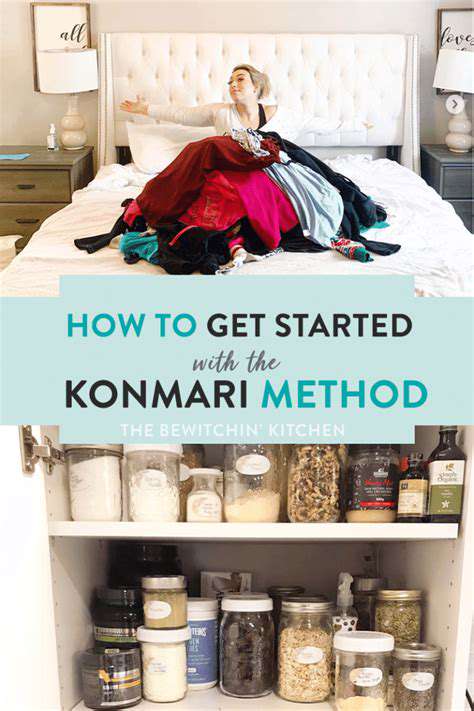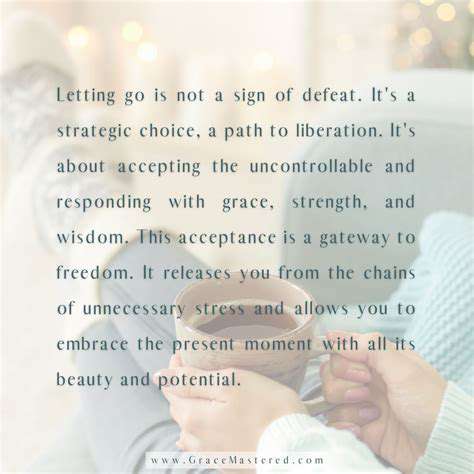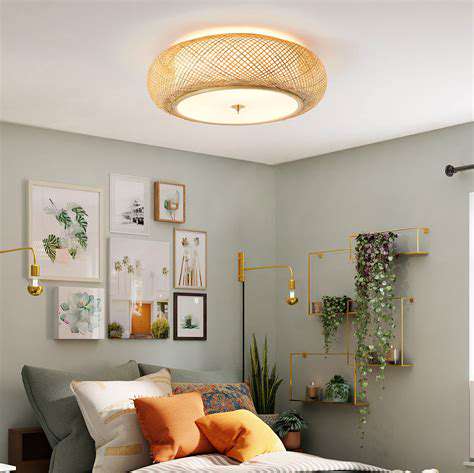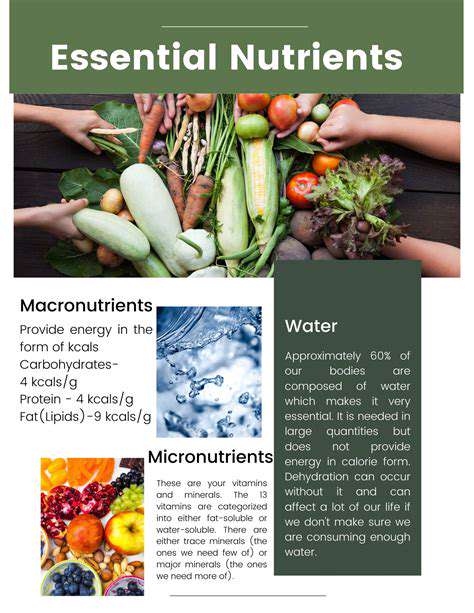Guide to Decluttering with the KonMari Method
Categorizing Your Possessions
Unlike traditional organizing methods that focus on locations, KonMari employs a strategic category-based approach. The prescribed sequence—clothing, books, papers, komono (miscellaneous items), and sentimental items—was carefully designed based on psychological principles. This progression builds decision-making muscles starting with easier categories before tackling emotionally complex ones. The method acknowledges that our attachment to items varies significantly by type, allowing for gradual emotional preparation before confronting cherished mementos.
The Spark Joy Principle
The signature spark joy test is deceptively simple yet profoundly effective. When you physically hold each item, you engage multiple senses in the evaluation process. This tactile experience often reveals subconscious attachments or aversions that might go unnoticed during a visual scan. That immediate visceral response—whether warmth and pleasure or indifference—provides the clearest guidance for your decluttering decisions.
This principle revolutionizes traditional organizing by shifting focus from functionality to emotional resonance. An item might be perfectly useful, but if it drains your energy every time you see it, the KonMari method gives you permission to release it. This emotional honesty creates living spaces that actively uplift rather than simply contain.
Understanding Your Sentimental Attachment to Possessions
Understanding the Root Causes
Our possessions often become physical manifestations of our identity and history. A well-worn sweater might embody comfort during difficult times, while a collection of concert tickets could represent cherished experiences. These attachments form because objects provide tangible connections to intangible memories and emotions. Recognizing that we're not attached to the item itself but to what it represents is the first step toward healthy detachment.
Cultural factors also play a significant role. Many societies equate possessions with success, making decluttering feel like rejecting hard-won achievements. The KonMari Method helps reframe this perspective—your worth isn't measured by what you own, but by how your environment supports your best life.
Strategies for Navigating Sentimental Attachments
For emotionally charged items, consider creating memory capsules—curated collections that preserve the essence without keeping every single item. For instance, select a few representative pieces from a larger collection and photograph the rest. This honors the memories while freeing physical space.
Another effective technique is the thank and release ritual. Acknowledge an item's role in your life story, express gratitude, then consciously choose to let it go. This ceremonial approach provides psychological closure many find helpful when parting with meaningful objects.
When struggling with decisions, ask: If this were lost in a fire, would I actively seek to replace it? This thought experiment often clarifies true value versus habitual attachment.
Decluttering by Category, Not by Location
Clothing
The clothing category serves as an ideal starting point because most people have clear preferences about what they enjoy wearing. Gather every garment you own in one place—this complete visual often shocks people into recognizing how much they possess. As you evaluate each piece, notice how your body responds when holding it—do you feel excitement or reluctance at the thought of wearing it again?
Books
Books often represent aspirations as much as entertainment. Be honest about which volumes you'll realistically read again versus those kept out of guilt or imagined future selves. Consider that knowledge isn't contained in the physical book—releasing a unread classic doesn't diminish your intellect or potential to explore those ideas later.
Papers
Paper clutter often stems from just in case thinking. Implement a simple system: actionable papers go in a to do tray, vital documents in clearly labeled files, and everything else gets recycled after brief consideration. Most papers lose relevance within months—if you haven't needed it in a year, you probably never will.
Sentimental Items
For sentimental objects, create a joy timeline. Display items that currently enhance your life while storing a limited number of archival pieces. Periodically review stored items—what seemed precious last year might feel less significant now, making space for new meaningful additions.
Komono/Miscellany
This catch-all category benefits from sub-categorization. Group similar items (kitware, electronics, hobby supplies) before evaluating. Ask not just does this spark joy? but does this deserve space in my life? Functional items should either be actively used or genuinely worth storing for occasional needs.

Putting the KonMari Method into Action: A Practical Guide

Decluttering Your Home: A Step-by-Step Guide
Begin with strong intention—block significant time and create an inspiring environment (good lighting, pleasant music). The mental shift is as important as the physical process. Approach each category as a meditation on your values and lifestyle, not just a cleaning task.
Identifying Items to Keep and Discard
The evaluation process works best when unhurried. Create distinct zones for keep, donate, recycle, and discard. Handle each item individually—batch processing leads to decision fatigue and less discerning choices.
Categorizing Your Possessions
Resist the urge to jump between categories. Completing one category before moving to the next provides psychological momentum and visible progress that fuels motivation.
Taming Clothing: Folding and Storing
KonMari folding—creating self-standing rectangles—isn't just space-efficient; it transforms drawers into visible catalogs of your wardrobe. When every item is visible and accessible, you're more likely to wear and appreciate all your clothing.
Organizing Books and Papers
For books, consider a one in, one out policy to maintain balance. With papers, implement a regular review schedule (monthly or quarterly) to prevent reaccumulation.
Dealing with Sentimental Items
Create physical or digital memory books for items you release but want to remember. This preserves the emotional significance without the physical burden.
Maintaining Your Organized Space
Build daily micro-habits: putting things away immediately, evaluating new acquisitions carefully, and doing quick joy checks during routine cleaning. The goal isn't perfection, but creating systems that make organization the path of least resistance.




![How to Learn a New Language Fast [Proven Methods]](/static/images/31/2025-05/FocusonCommunication3APracticeMakesPerfect.jpg)






